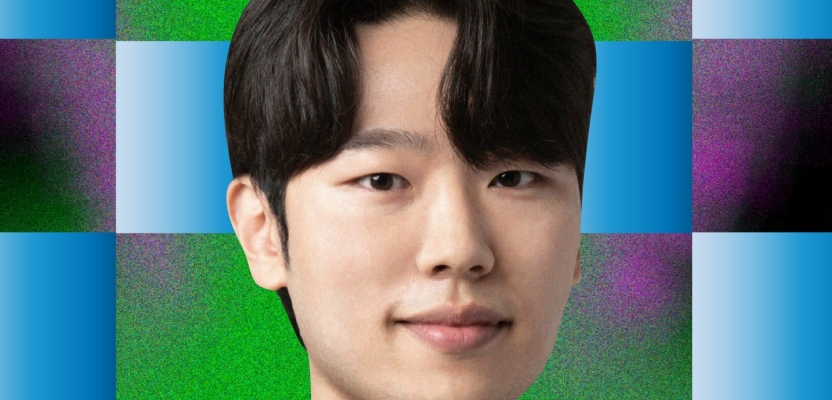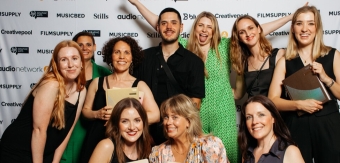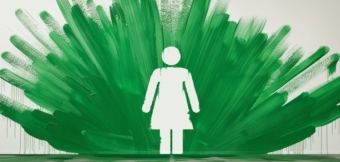Jaeyou Chung, Associate Designer at COLLINS, is a multidisciplinary designer who gained experience interning for brand design agency Otherward before becoming a graphic designer for brand experience marketing and design partner Plus X. Now at COLLINS, Jaeyou strives to work with as many clients as possible and produce inspiring works in typography and brand identities.
Jaeyou has worked with notable companies such as A24 on their brand identity and typography, as well as on projects like a rebrand for Beijing’s X Museum. He was also one of five New York School of Visual Arts students recognized by The One Club's2022 Young Ones Agency Rankings in the Graphic Design category.
Today, Jaeyou shares his valuable industry experience and insights with us as we get to know him a little better.
Tell us a bit about your role! Is there a “typical” day?
As an associate designer at COLLINS in New York, I help create visual identities and systems. I split my time between our Brooklyn studio and my home. We’re remote-first, but we have spaces in Brooklyn, San Francisco and Woods Hole, Massachusetts. Everyone drops into these studios when it works best for them.
I work on one or two projects at a time. During the day, I spend most of my time researching, sketching and designing. We have specific work schedules for each project, but the intensity is always slightly different. So it's hard to say that we have a "typical" day at COLLINS.
What was the biggest challenge in getting to your current position?
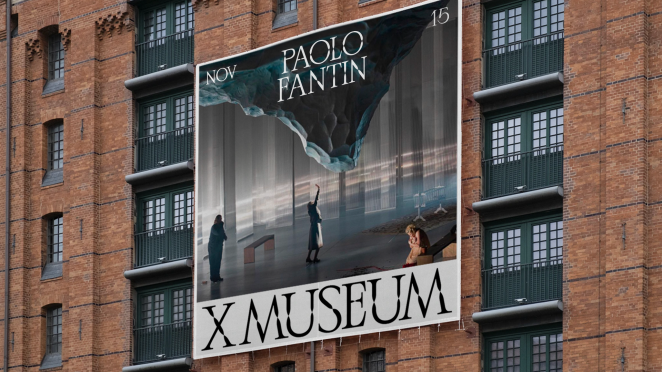
The biggest challenge was finding and developing my own design taste and craftsmanship. During that search, I didn't just limit myself to learning only new tools to create unique visuals, such as After Effects or Cinema 4D. I also always tried to create new typefaces for each project in school, too.
What is your personal background and what role did it play in your career?
My dad is also a designer, so growing up, I was constantly exposed to art and design. He taught classes and often shared his lectures with me at home. Through those, he laid the foundation for my love of typography. He also exposed me to designers like Paula Scher, Paul Rand and Herb Lubalin who played a massive role in helping me develop my design aesthetics and build strong typography skills.
What is your biggest career-related win? What is your biggest loss?
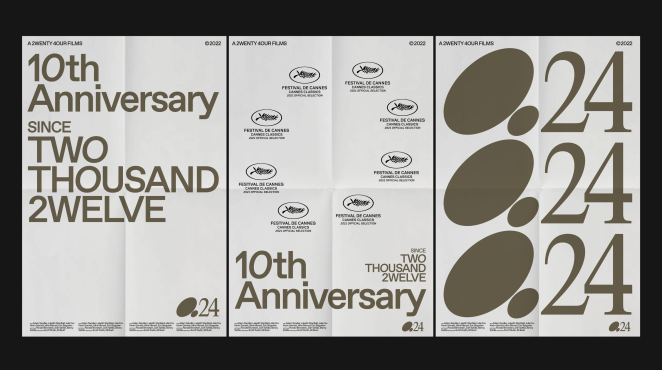
I would say joining COLLINS straight out of school has been my most significant achievement, so far. I'm always amazed by how talented and passionate the designers I work with here are. Luckily, I don't think I have experienced any losses so far.
Which individuals and/or agencies do you gain inspiration from? Do you have any heroes in the industry?
Bureau Borsche is one of my favorite graphic design studios in Munich, Germany. I love that they are not just limited to the graphic design field, but also work closely within the fashion industry.
Also, as a recent graduate, I religiously visited the COLLINS website to see the case studies. I learned so much and was inspired by how the company showcases their projects.
If you could go back to your teenage years, would you have done things differently? Do you have any regrets?
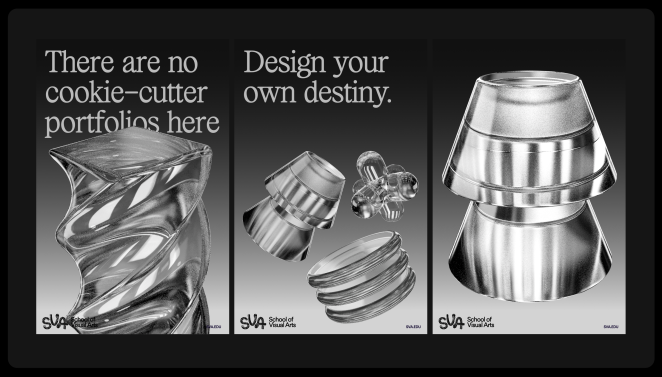
I appreciate what I've gone through and everything I've experienced, but I wish I could've traveled more and studied in European countries to build a broader perspective. I'm also obsessed with Dutch design, so I still dream of living in the Netherlands someday. For at least a year.
If you weren’t in your current industry, what would you be doing?
Software engineer. Most of my friends are in that industry already. But I'm happy that I'm a designer.
What’s your one big dream for the future of the industry?
That is something that I've been trying to find since I joined COLLINS. My goal as a student was to work with the most creative people in the industry, and now I'm experiencing that here. So I'm taking some time to identify a new goal. But one thing for sure is that I want to challenge myself with my design skills to see what I can do and produce in the future. The top of one mountain is always the bottom of another.
What are your top tips for aspiring creative professionals?
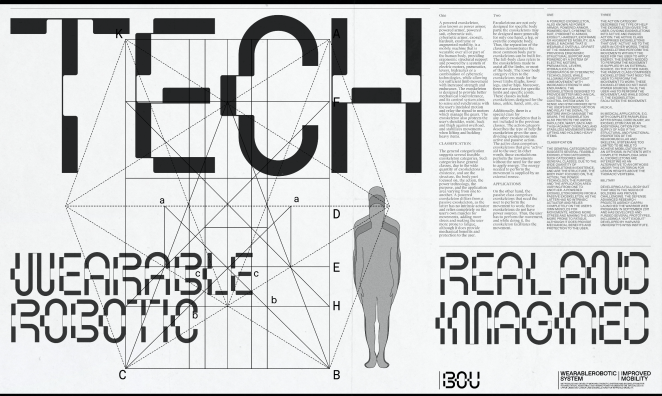
- Read project descriptions. And then read them again.
- Explore wider and wider fields. Things you didn't know you didn't know.
- I've noticed that many designers tend to only glance through visual outcomes of a project. That's understandable, but I recommend going back and reading the original project brief to see what puzzle the team was trying to solve.
- Live in a "challenge zone." Leave your comfort zone behind and get inspiration from so many other fields like painting, sculpture and architecture - even science, biology, geometry, economics, philosophy — everything outside of graphic design. I think it's essential for designers to always broaden their horizons. It helps you be more creative and flexible with your ideas.
What are your top tips for other creative leaders?
I want to refer to what Brian Collins stated about leaders in 101 Design Rules:
There are only two kinds of leaders:
1.) Those in the engine room helping the crew shovel the coal.
2.) Those who sit on top of the train and wave at the crowds as they pass by.
https://www.wearecollins.com/ideas/101-design-rules/
I totally agree with what Brian said, and I think I also perform better when I work with leaders who consistently and constantly encourage their teams.
When you think about your team, what is the thing that matters to you the most?
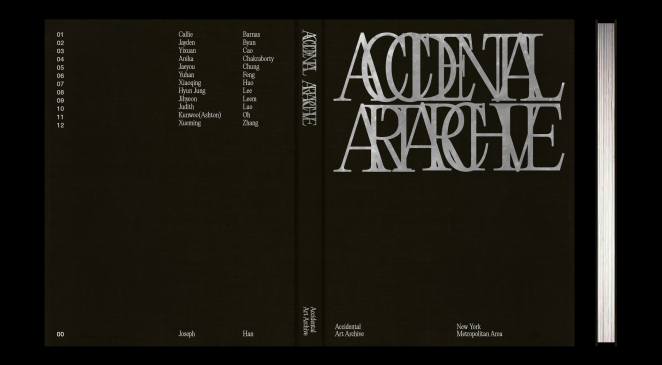
Passion. I always learn more and am motivated by passionate people who love what they do. They're usually optimistic and always chasing higher achievements with unwavering belief. It helps me push myself, perform better and achieve more meaningful results.
Do you have any websites, books or resources you would recommend?
I recommend the book Sparks of Genius by Michèle Root-Bernstein and Robert Root-Bernstein. The book is all about creative thinking; it explores how a creative drive sparks in our mind before logic or language come into play, then resulting in emotions, images and design. Learning how to think imaginatively in one domain opens the door to understanding imaginative thinking in every other.
I've read this book twice. I constantly revisit it whenever I can't move forward or I'm struggling developing my ideas and making them better.
It is so good, in fact, that I'll send a copy to the first five designers who drop me a note at [email protected].

